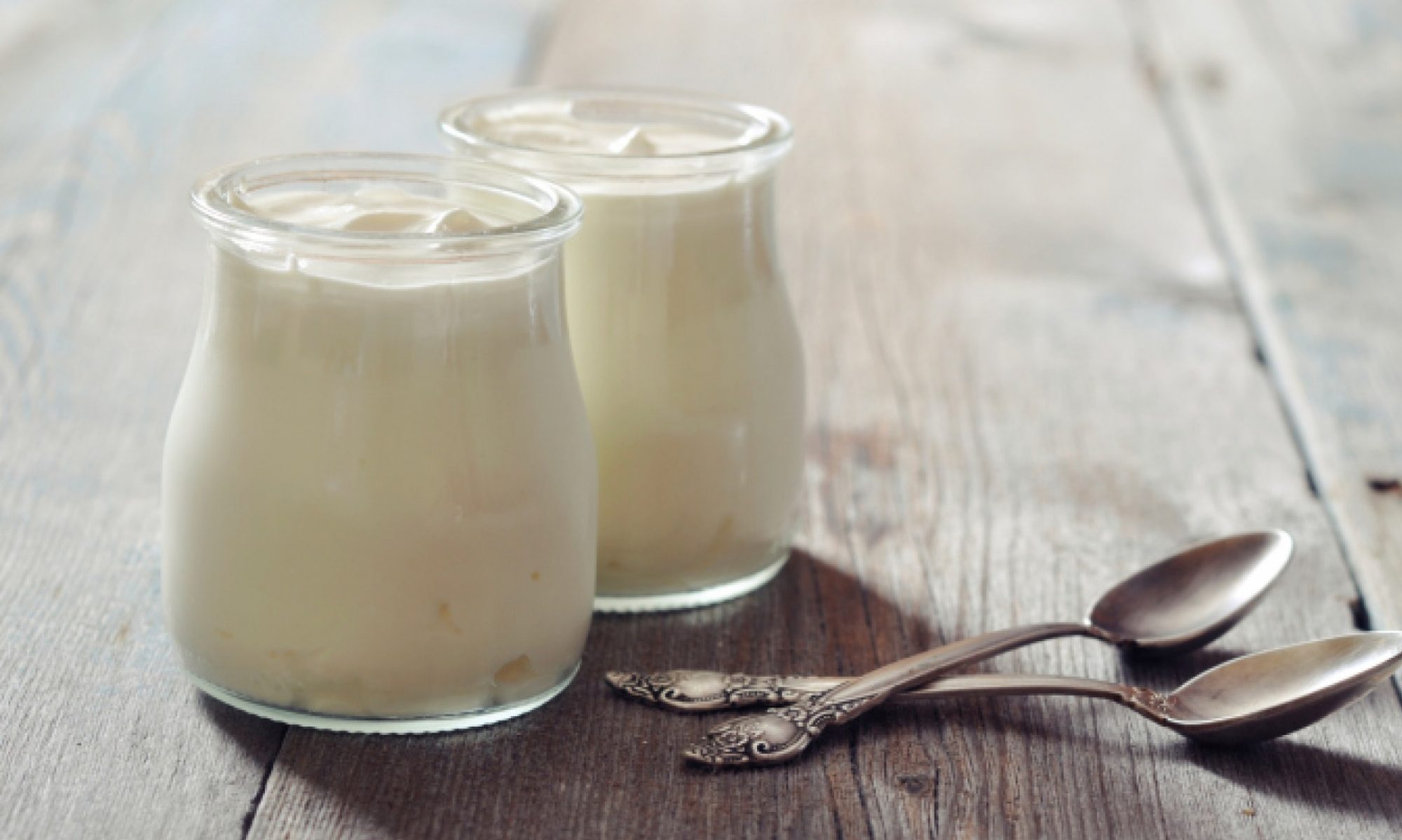
Schematic representation of Peyer’s patch organization (also known as gut-associated lymphoid tissue—GALT) shows that the bulk of the tissue is made up by B cells organized in a large and highly active domed follicle. T cells occupy the areas between the follicles. The antigen enters across a specialized epithelium made up of so-called multifenestrated (M) cells. The germinal center is located in the center of the follicle. Cross-section through the Peyer’s patch shows the types of cells and the interactions between the cells of the immune system and the microbiome. M cells: multifenestrated cells; Th-17: T cell helper 17; Treg: T regulatory cells; T cells CD8+: effectors T cells; T helper: naïve CD4+ T cells; B cell; SFB: segmented filamentous bacteria.
T cell differentiation takes place in the thymus from 12 weeks of gestation until the thymus regresses through involution by 9 months of age . The role of thymus in immune reconstruction is replaced in part by the interactions between the trillions of organisms in the microbiome and cells of the immune system. These interactions take place with the help of multifenestrated epithelial cells (M cells) lining the Peyer’s patches (diagram 1). Dendritic cells in the Peyer’s patches sample via direct contact the microbial contents of the intestines and adapt the immune responses to the antigenic load. Bacteria have direct contact with dendritic cells in the Peyer’s patches. They are necessary and sufficient to contribute to the maturation of CD8+ effector cytotoxic T cells and CD4+ helper cells (diagram 1).
The immunoglobulins, or antibodies, found in colostrum or milk are the same as those found in the blood or mucosal secretions. They are a family of proteins with a range of protective bioactivities. Immunoglobulins are divided into several classes including IgM, IgA, IgG, IgE, and IgD, and IgG, IgA and IgM are the major immunoglobulin classes in mammary secretions. IgM is the class that appears initially when an organism is exposed to an antigen for the first time (primary infection). IgM has a low specificity and hence a lower potency in defeating the infection. IgA is the major immunoglobulin class found in mucosal secretions and prevents mucosal infections by agglutinating microbes, whereas IgG is the primary immunoglobulin class found in bovine colostrum and milk. Several subclasses of IgG exist, with IgG1 and IgG2 being the major immunoglobulins in serum.
WHAT IS GCMAF
GcMAF, also known as DBP-MAF, is a macrophage activating factor (MAF) produced by enzymatic crystallization of DBP (abbreviation of vitamin D binding protein) in humans; here DBP is a glycoprotein with about 58,000 The molecular weight of Dalton, belonging to the albumin group, is abundantly present in the blood, wherein the DBP is combined with the vitamin D derivative and transported in the blood. The DBP-blood concentration is approximately 300-600 micrograms per milliliter. The sugar side chain is composed of N-acetyl galactosamine, which is formed by crosslinking of galactose and sialic acid. After immunoactivation, the sugar chain of the GC protein is hydrolyzed by the inducible cell membrane β-galactosidase of B cells to form a macrophage pre-activating factor. The activating factor protein was then hydrolyzed via the cell membrane sialidase (neuraminidase) of activated T cells to the final GcMAF with N-acetaminogalactosamine (GaINAc) as the residual residual sugar. This N-acetaminogalactose (GaINAc) is the key to the benefits of GcMAF.
The enzyme “Nagalase” (alpha-N-Acetylgalactosaminidase) is a lysosomal enzyme in the liver that cleaves between GaINAc and the protein’s threonine or serine residues. Bonding. The Nagalase enzyme cleaves the sugar side chain of the Gc protein, thereby losing its precursor activity and not converting to the active GcMAF. In addition, Nagalase also inactivates active GcMAF by saccharide cleavage.
Macrophages play a key role in immune defense and enter the blood with young, immature monocytes from the bone marrow. In the blood, it differentiates into dendritic cells or, after activation, enters the tissue, where it matures into macrophages of resident tissues, and then acts as a Kufu-type stellate cell (liver), glial cells (neural) System), alveolar macrophages (lung), osteoblasts (bone), or Langham’s giant cells (skin).
This GcMAF clearly has great potential for activation of monocytes and macrophages. Even the lowest concentration of antibacterial products that stimulate oxygen free radicals, the “oxidative burst” of monocytes is up to 50 times. The phagocytic activity and HLA molecular expression increased by a factor of 100, and its antigen presentation can grow exponentially. By this enhanced effect, it is possible to more effectively combat the pathogens that were previously restricted to immunodeficiency. This activates an immune response to an unrecognizable antigen. It can decompose and kill tumor cells that have been immunologically recognized.
GCMAF YOGURT
The Gcmaf colostrum fermentation should be enriched with vitamin D3. This vitamin D3 is advantageously placed in one of the three binding sites of macrophage activating factor (MAF) and the MAF is thus activated.
The fermentation needs to be enriched with colostrum. The colostrum is used as an aid in initiating the fermentation. In addition, the MAF has three binding sites activated by vitamin D3, colostrum and oleic acid during fermentation.
The fermentation will be rich in oleic acid as it is containd in the milk and colostrum. An advantage of the oleic acid is that it can also activate MAF by binding to one of the three binding sites of MAF. This is why full fat cows milk should always be used when making gcmaf yogurt.
Important nutrients are provided in a sufficient form for the bacteriological culture in the nutrient medium.
The GcMAF is produced by fermentation based on a bacterial culture (organism) in which the culture of the bacteria can be obtained. The fermentation is carried out in milk (similar to the preparation of yogurt). The microorganisms used for fermentation are delivered in powder form. In addition, vitamin D3, colostrum and oleic acid are supplied separately.
